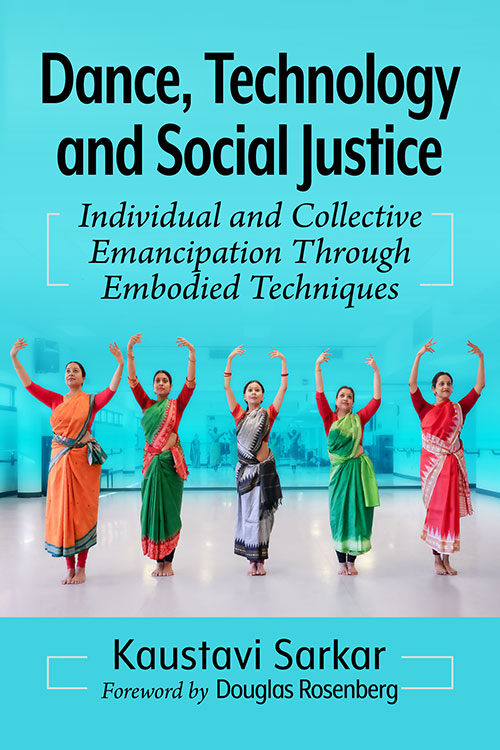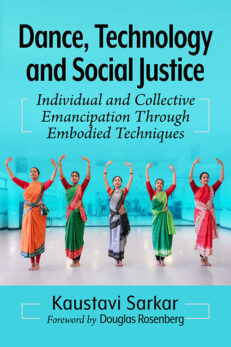Dance, Technology and Social Justice
Individual and Collective Emancipation Through Embodied Techniques
$65.00
In stock
About the Book
This book theorizes dance technique as the Greek techne translated as art, and shows how movement can inspire epistemic, philosophical, and cultural conversations in technology studies. Combining dance studies, religious studies, and technology studies, it argues that dance can be a technology of social justice bringing equanimity, liberation and resistance. It focuses on the eastern Indian art form Odissi and applied experimentations with motion capture technology, virtual reality (VR) gaming, and Arduino. It specifically examines tthe work of Ananya Dance Theatre (ADT), a Minnesota based contemporary Indian dance company that deconstructs Odissi towards social justice activism.
About the Author(s)
Bibliographic Details
Kaustavi Sarkar
Format: softcover (6 x 9)
Pages: 229
Bibliographic Info: 10 photos, notes, bibliography, index
Copyright Date: 2024
pISBN: 978-1-4766-7614-2
eISBN: 978-1-4766-5158-3
Imprint: McFarland
Table of Contents
Foreword: Resistance, Revolution, Rebellion by Douglas Rosenberg 1
Introduction 5
Chapter One. Dance Technique as Techne 27
Chapter Two. Immersing Within the Technological 67
Chapter Three. Dance as a Technology of Social Justice 116
Conclusion: Techno-Constitutions 158
Glossary 191
Chapter Notes 199
References 208
Index 221





